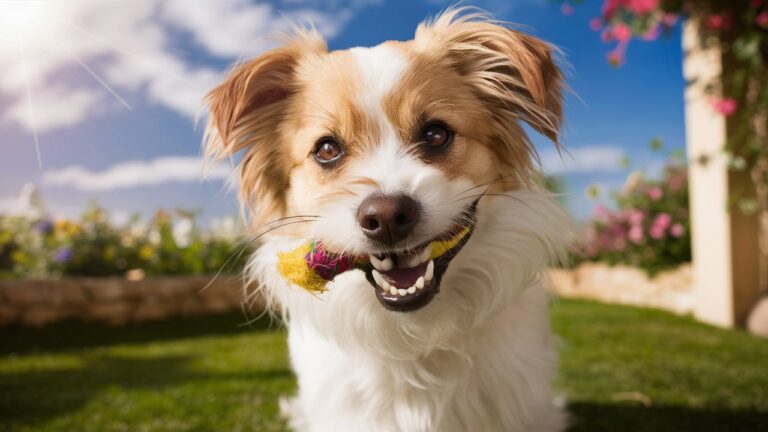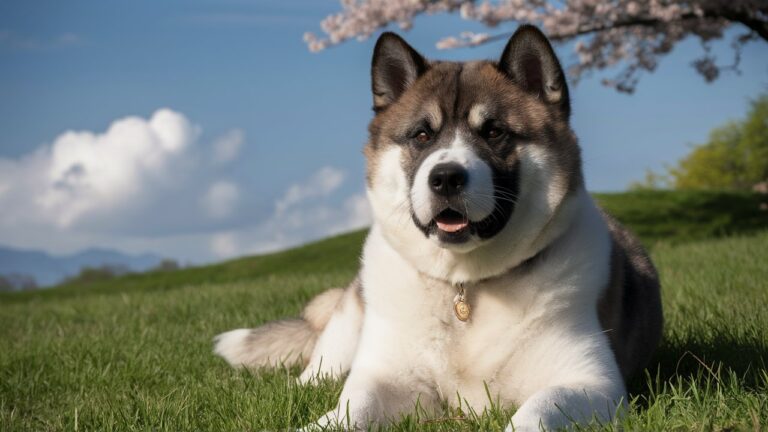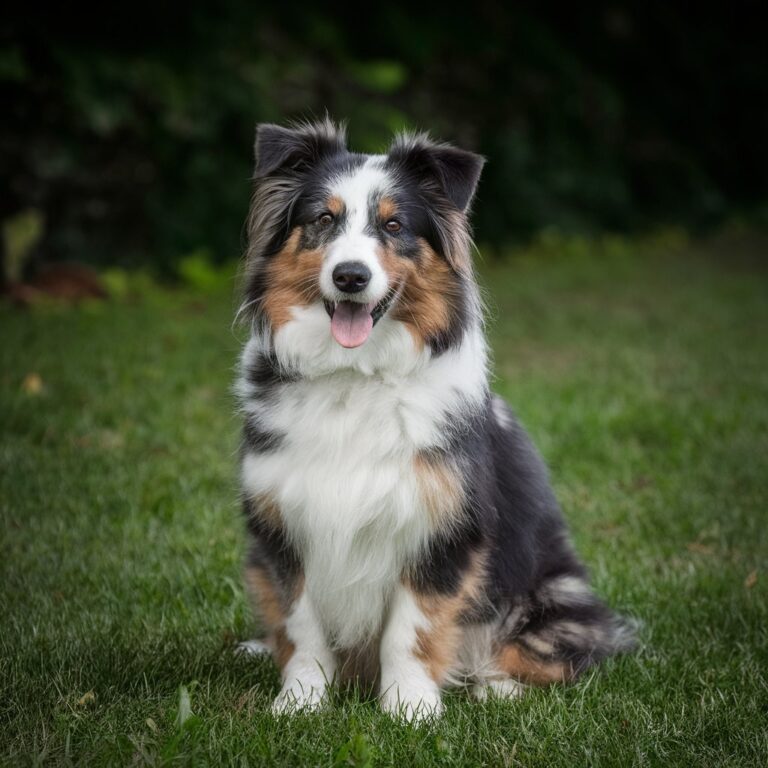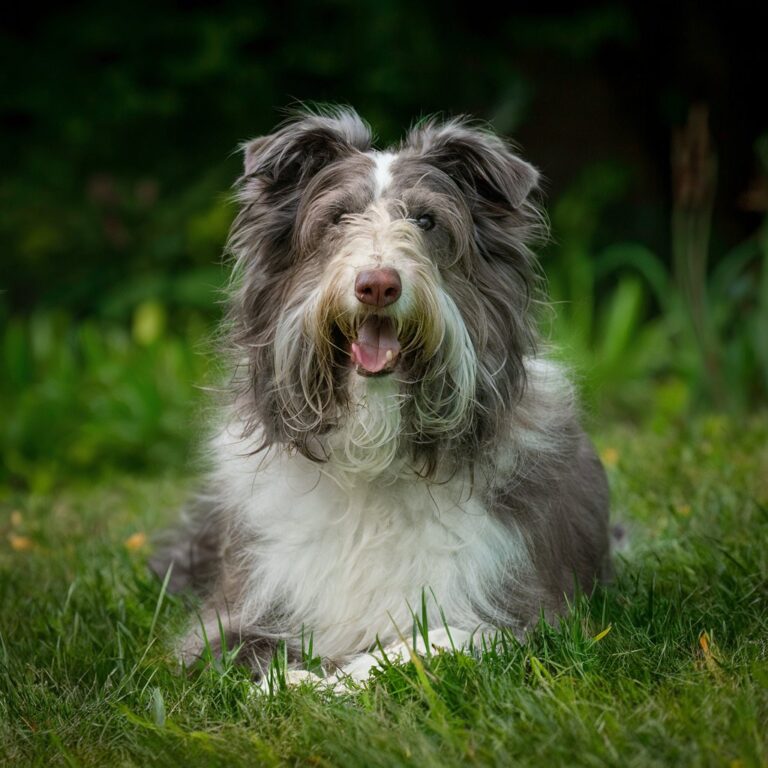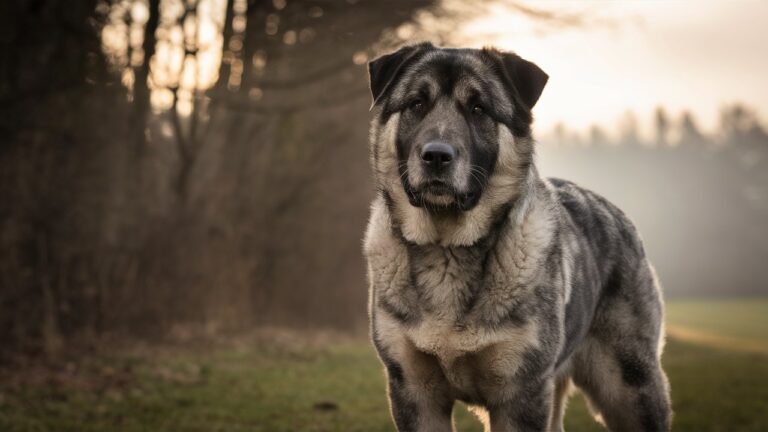The Majestic Tosa Inu: 100% Unveiling the Rich History, Characteristics, and Care
This Breed, often simply called Tosa, is a breed steeped in history and tradition. This remarkable dog, known for its power, loyalty, and distinct Japanese heritage, offers a unique blend of strength and gentleness. In this article, we delve into the fascinating world of the Tosa Inu, exploring its history, characteristics, and the essentials of its care. Along the way, I’ll share some personal anecdotes to highlight the breed’s distinctive qualities.
The History of the Tosa Inu
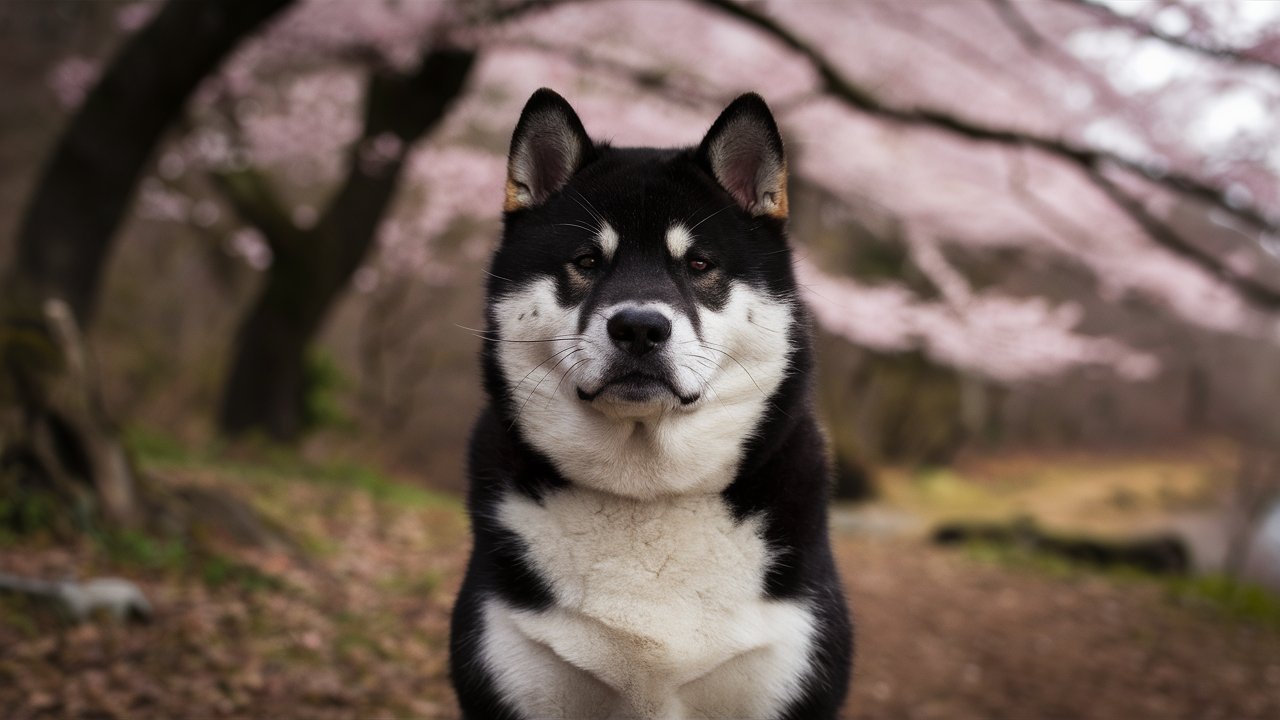
The Tosa Inu’s origins trace back to the late 19th century in the Tosa Province of Japan, now known as Kochi Prefecture. The breed was developed through crossbreeding local Shikoku dogs with various Western breeds, including the Bulldog, Mastiff, Great Dane, and St. Bernard. The goal was to create a formidable dog for dog fighting, a popular sport in Japan at the time.
The Tosa Inu quickly gained a reputation for its prowess in the ring, exhibiting both strength and endurance. Despite its fighting background, the Tosa Inu was bred to be silent and patient, often surprising opponents with its calm demeanor. This unique combination of traits made the Tosa Inu a highly esteemed breed in Japan.
Characteristics of the Tosa Inu
The Tosa Inu is a large, imposing dog with a muscular build. Males typically weigh between 100 to 200 pounds and stand 24 to 32 inches tall at the shoulder, while females are slightly smaller. The breed has a short, dense coat that comes in various colors, including red, fawn, brindle, and black.
Temperament
Despite its formidable appearance, the Tosa Inu is known for its gentle and calm nature. These dogs are incredibly loyal to their families and are often protective, making them excellent guard dogs. However, their protective instincts can sometimes manifest as aggression towards strangers or other animals, making early socialization and training essential.
A personal anecdote to illustrate the Tosa’s temperament involves my friend Kenji, who owns a Tosa named Hachiko. Kenji often shares stories of Hachiko’s gentle nature around his children, patiently enduring their playful antics while maintaining a watchful eye over them. This balance of gentleness and vigilance is a hallmark of the Tosa Inu’s character.
Intelligence and Trainability
The Tosa Inu is an intelligent breed, but its independent nature can sometimes make training challenging. Consistent, positive reinforcement methods work best, as harsh training techniques can lead to stubbornness or aggression. It’s important to establish yourself as a firm but fair leader to gain the Tosa’s respect and cooperation.
Caring for a Tosa Inu
Caring for a Tosa Inu involves attention to their physical, mental, and emotional needs. Due to their size and strength, they require a responsible and experienced owner who can provide proper training, socialization, and exercise.
Diet and Nutrition
A well-balanced diet is crucial for maintaining the health and well-being of a Tosa Inu. High-quality commercial dog food, formulated for large breeds, provides the necessary nutrients. It’s important to monitor their weight, as Tosas can be prone to obesity, which can exacerbate health issues such as hip dysplasia.
Fresh water should always be available, and treats should be given in moderation. Regular vet check-ups can help ensure that your This Breed remains in optimal health.
Exercise Requirements
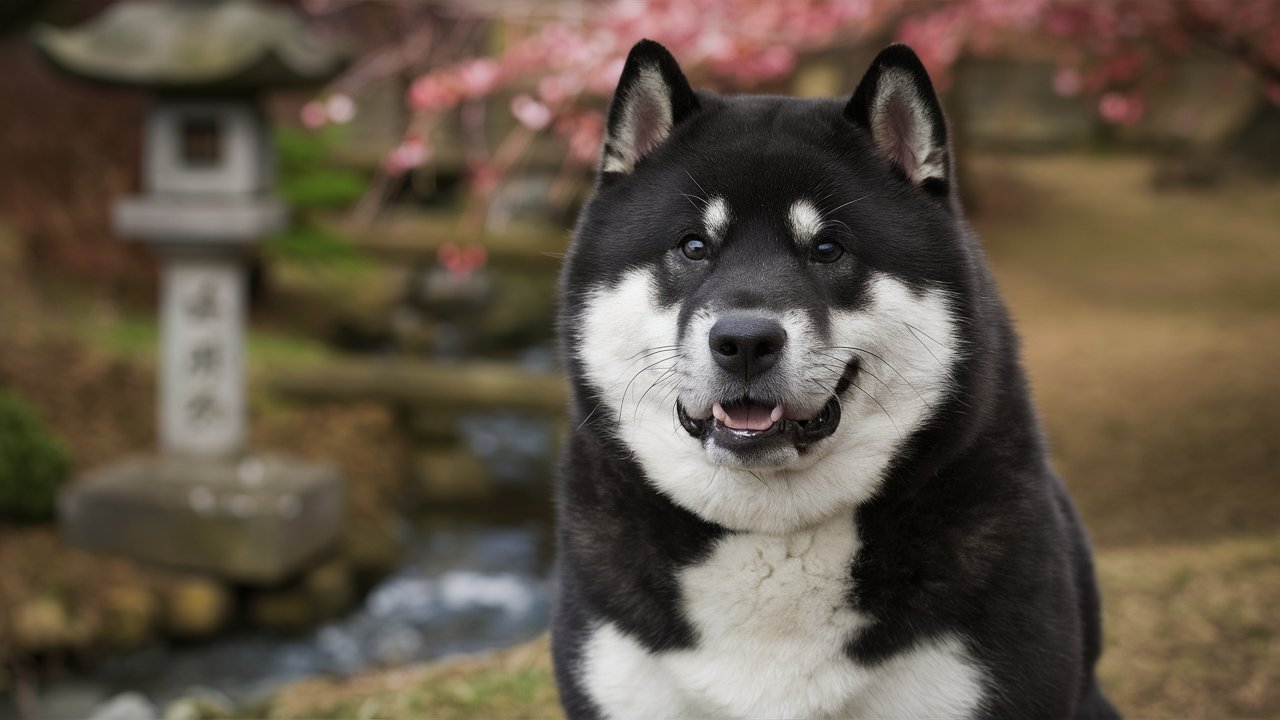
This Breed is an active breed that requires regular exercise to maintain its physical and mental health. Daily walks, combined with playtime and mental stimulation, are essential. However, due to their protective nature, it’s important to keep them on a leash and supervise interactions with other dogs and strangers.
My neighbor, Sarah, often takes her Tosa, Duke, on early morning jogs. She notes that Duke’s energy levels and behavior significantly improve with regular exercise, highlighting the importance of keeping these dogs physically active.
Grooming
Dog’s This Breeds has a short, easy-to-maintain coat. Regular brushing helps remove loose hairs and keep the coat shiny and healthy. Bathing should be done as needed, typically every few months, unless the dog gets particularly dirty.
Regular grooming sessions also provide an opportunity to check for any signs of health issues, such as skin infections, parasites, or ear problems. Maintaining good dental hygiene through regular brushing and providing dental chews can help prevent dental issues.
Health Concerns
Like all breeds, the Tosa Inu is prone to certain health issues. Being aware of these potential problems can help owners take preventative measures and seek timely veterinary care.
Hip Dysplasia
Hip dysplasia is a common issue in large breeds, including the Tosa Inu. This genetic condition affects the hip joints, leading to pain and mobility issues. Regular veterinary check-ups, a balanced diet, and maintaining a healthy weight can help manage and prevent hip dysplasia.
Bloat
Bloat, or gastric torsion, is a life-threatening condition that can affect large, deep-chested dogs like this Breed. It occurs when the stomach fills with gas and twists, cutting off blood flow. Symptoms include a distended abdomen, restlessness, and unproductive vomiting. Immediate veterinary intervention is critical.
Allergies
Tosa Inus can be prone to skin allergies, which can cause itching, redness, and discomfort. Identifying and avoiding allergens, such as certain foods or environmental triggers, can help manage this condition. Regular grooming and a high-quality diet can also support skin health.
The Tosa Inu in Modern Society
Today, the Tosa Inu is no longer used for dog fighting but has found a place as a loyal and protective family companion. However, due to their size, strength, and specific care needs, they are not suitable for every household. Prospective owners should thoroughly research the breed and assess their ability to meet the Tosa Inu’s needs before bringing one into their home.
In countries where dog fighting is illegal, This Breeds may face breed-specific legislation. It’s important to be aware of local laws and regulations regarding ownership of this breed.
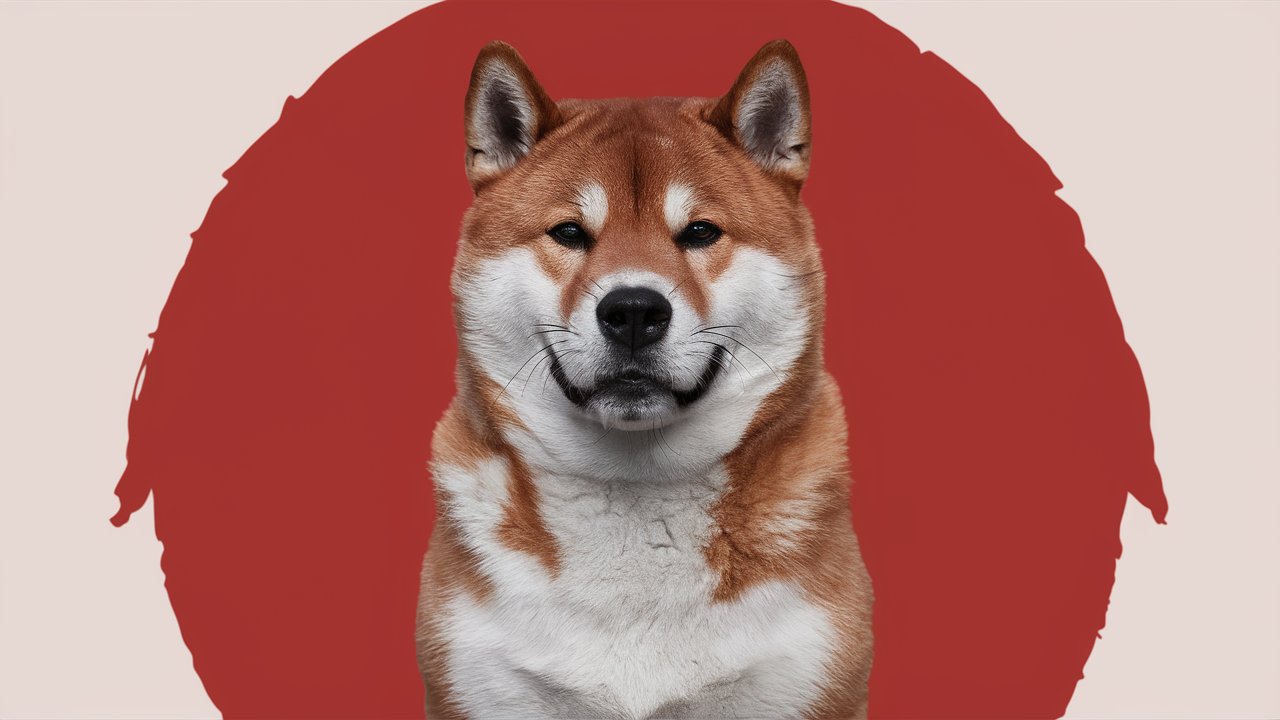
Conclusion
The Tosa Inu is a breed that embodies a rich history, unique characteristics, and specific care requirements. Their blend of strength, loyalty, and gentleness makes them a remarkable companion for those who can provide the appropriate environment and training.
Owning a Tosa Inu can be a rewarding experience, as my friends and neighbors have demonstrated through their anecdotes. From the gentle Hachiko with Kenji’s children to the energetic Duke on morning jogs with Sarah, the Tosa Inu proves to be a versatile and devoted companion.
For those considering adding a This Breeds to their family, it’s crucial to understand the breed’s needs and ensure you can provide a suitable home. With proper care, training, and love, the Tosa Inu can become a cherished member of the family, offering loyalty and companionship for years to come.
